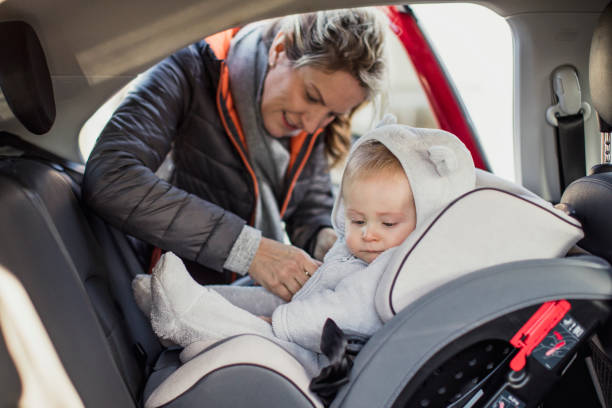Jeff Lupient: The Best Position for Your Car Seat
Many parents don't know when it's safe to switch their child's rear-facing car seat to the forward-facing position, notes Jeff Lupient. Expert organizations used to say it's safe to turn your child's car seat around at age 2. However, the recommendations have changed in recent years.
 |
| istockphoto.com |
Rear-facing car seats and convertible seats
According to Jeff Lupient, infants should always be in rear-facing car seats. Two types are safe for young children.
Many parents prefer to start with a rear-facing car seat because they're portable, lightweight, and convenient. Rear-facing car seats come with a base plus a seat that clicks into place, so you can quickly take the seat in and out, explains Jeff Lupient. Infant car seats also have handles that make them easy to carry when your infant is inside.
The downside? Babies tend to outgrow infant car seats well before they're ready to face forward. Most rear-facing car seats have an upper weight limit between 30 and 35 pounds and an upper height limit of 30 to 35 inches. An upgrade is necessary once your infant reaches the maximum height or weight, whichever comes first. The next step is to buy a convertible car seat that can start in a rear-facing position and eventually face forward when your child is much bigger.
Convertible car seats are typically heavy and bulky and are designed to stay put in your car, explains Jeff Lupient. You can't easily carry them around, so many parents choose to start with a lightweight rear-facing infant seat.
 |
| istockphoto.com |
Why are rear-facing car seats safer for children?
Infants and toddlers have less mature connective tissues and bones at greater risk for serious injury. Rear-facing seats act as a protective cradle — particularly for your child's delicate neck and spinal cord — in a serious accident. They give young children more protection, and age alone isn't enough to determine whether a child is physically developed to sit in a front-facing seat, adds Jeff Lupient.
For more discussions on car seat safety and features, follow this Jeff Lupient page.
No comments:
Post a Comment